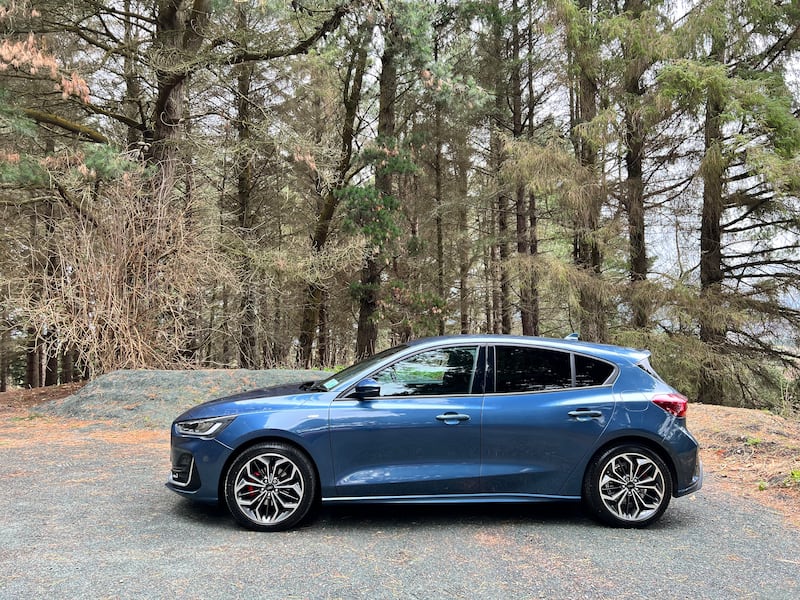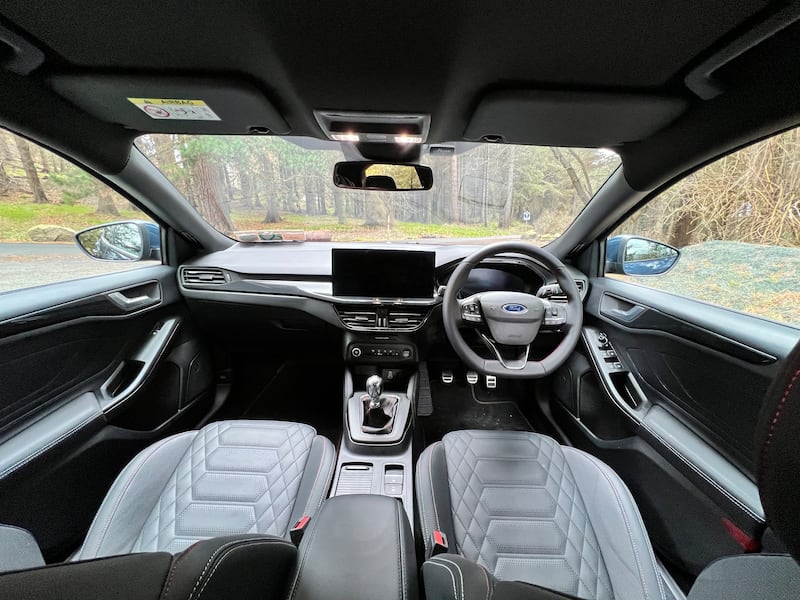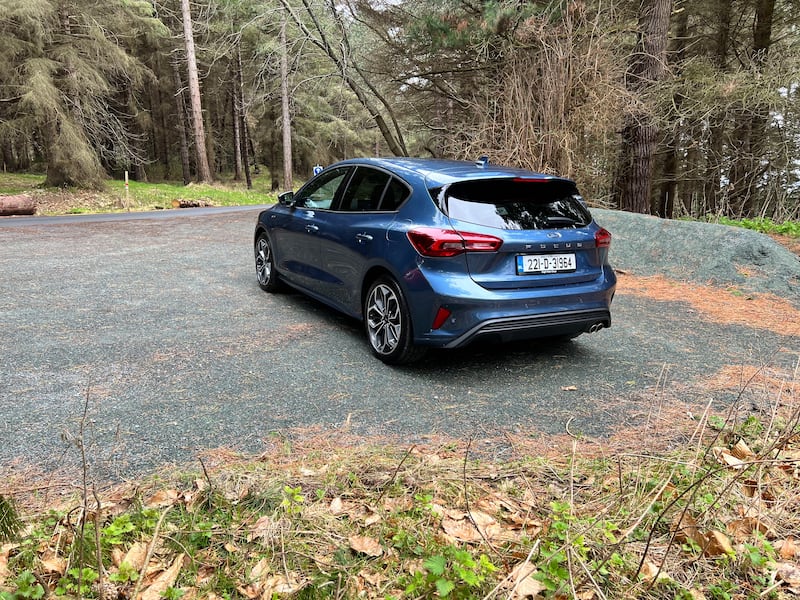There’s a lot of depression going around at the moment. Whether it be air traffic control strikes, the continuing march of inflation, the cost of your weekly shop, or even Eamon Ryan whipping out the old “Is your journey really necessary?” just to make us all feel extra-guilty about existing, there’s plenty of bad news wherever you look. (I’m not mentioning Ukraine nor Turkey and Syria in this list, because those are actual unfolding tragedies, not First World Problems.)
Possibly the most depressing thing I happened upon recently, though, was a statistic. Yes, I know – damned lies and all that, and I’ve seen enough Sir Humphrey Appleby clips to know how stats can be massaged to prove or disprove just about any damned thing. This one, though, came from the eminently respectable International Energy Agency (IEA), so I figure we can take the numbers more or less at face value.
The numbers in question show that between 2010 and 2018, SUVs – by varying definition – added 544 million tonnes of extra CO2 into the Earth’s atmosphere. By contrast, “other cars” (by which I’m assuming the IEA means hatchbacks, saloons, estates, MPVs, and, heck, probably sports cars and supercars too) actually saw their total emissions fall by 75 million tonnes.
You do not need an SUV to drop your kids off at school, nor to head off on holiday
Okay, those figures aren’t purely comparative because they don’t include the fact that SUV sales displaced a lot of sales of hatchbacks, saloons, estates etc in that period, and therefore the simple sheer mass of sales of cars would have re-balanced those figures to an extent. Even so, bloody hell: the private passenger car would almost be in credit, CO2-wise, if we hadn’t all gone SUV-crazy.
New homes: comprehensive guide to what’s for sale in Dublin, Wicklow, Kildare, Meath, Cork and around the State
‘They’re supposed to represent us, not sue us’: Crafts council threatens members after critical feedback
If Robert De Niro no longer feels he is able to speak out, one wonders who in the US does
The White Lotus review: Season three has its finger on the pulse to an almost excruciating degree
Which brings me to the Ford Focus. Which is dying. Ford is, as it has already done in the US market, culling its European model ranges and getting rid of anything that you might call a “normal” car – which is to say not an SUV – and the Focus will be gone by 2025, and not directly replaced. The Fiesta is also on the chopping block as is the S-Max and Galaxy. The Mondeo and the C-Max are already long gone.

I’m going to say it now – this should not be the case. Sure, SUVs and 4x4s have their business case, being necessary for those who need to carry bulky loads over lumpy terrain, but you do not need an SUV to drop your kids off at school, nor to head off on holiday. In almost every way, a conventional hatchback such as this Focus, or its estate stablemate, is the better, more practical, more economical, more CO2-friendly way to go.
Even though it’s dying, Ford has given the Focus one last facelift to keep it fresh for its last days on the shelf. There’s a new grille, with that blue oval front and centre, and new, sleeker lights. It’s a handsome look, and one that brings a little more distinctiveness to a car that’s looked a touch bland since this version was launched in 2019.
Inside, the changes go further. There’s a big, new 13.2-inch touchscreen, which is running the latest-generation Ford software, shared in part with the Mustang Mach-E electric SUV. I’m generally not a lover of big screens – especially when, as Ford has done here, sensible physical controls for items such as heating and air conditioning move to the screen – but this is one of the best around. In fact, it puts screens from rivals such as VW, Peugeot and Opel well and truly in the shade and, frankly, some premium brands could learn a thing or three here about ease of use, menu layouts and graphical quality. Even the heating controls are easy to use.

Our test car was a high-spec ST-Line X model, costing €36,347 so there was a lot of extra equipment crammed into the Focus cabin. These items – the big screen, the quilted leather seats, the contrast red stitching – kind of clash with the Focus’s somewhat homely cabin, with its too-cheap plastics, but there’s no doubting the very impressive quality of how everything is actually bolted together. No doubting either the decent space in the back seats, or the useful 391-litres boot. (Need more room than that? Well, DON’T BUY AN SUV – there’s a 600-litre boot in the Focus estate.)
Even though it’s dying, Ford has given the Focus one last facelift to keep it fresh for its last days on the shelf
Up front was a 1.0-litre EcoBoost petrol turbo engine (known colloquially as EcoBoom to those who service them…) which develops 125hp. You can get a mild-hybrid version of this engine, but you have to upgrade to a seven-speed automatic gearbox to get that. This one comes with a slick-shifting six-speed manual, and it revs so sweetly that you’ll easily headbutt the red-line in low gears.
You’ll need to, though, as the torque – just 170Nm of it – is apparently missing in action. The 130hp three-cylinder 1.2 engine found in Opel or Peugeot’s rivals, or VW and Skoda’s 1.0 TSI, has much better all-round performance, as well as better fuel economy than the 6.5-litres per 100km we averaged in the Ford.

You won’t care. Why? Because you’ll be too busy enjoying the drive. What a quaint idea – enjoying an unnecessary journey, but the Focus goads you into it. I’ve spent far too long of late driving electric and PHEV models which really need a trip to both Weight Watchers and a good chassis engineer, but the Focus is close to sublime.
Frankly, some premium brands could learn a thing or three here about ease of use, menu layouts and graphical quality
From the way the steering responds with crisp, talkative precision to the fact that the supple suspension allows this model to wear 18-inch wheels without being a danger to your fillings shows that Ford has suspension people who not only know what they’re doing, but actually care about it too. Other cars in this class are enjoyable to drive – the 308 and the Golf, especially – but nothing else has that liquid precision that the Focus enjoys. Even BMWs don’t all drive this well any more.
You won’t care. Well, most of you won’t. Most of you, most of us, have become caught up in the fizz and whirl of marketing and keeping up with the Joneses which dictates that if next door has bought a Qashqai, then I need to buy a Kuga or a Tiguan or a Sportage or a Tucson or . . . it goes on and on. All the while, our CO2 emissions go higher, and our planet pays the price for our SUV hubris.
It could have all been avoided. We could be whizzing happily around in our Focuses, Golfs, 308s, Corollas and so many others, enjoying the fact that emissions from private cars are falling, yet we’re driving some of the best cars ever made. That’s what this Focus is, no word of a lie. It is an astonishingly capable all-round performer that doesn’t skimp on driver involvement and entertainment.
It’s too late though. The Focus is dying. And our planet?
Lowdown: Ford Focus 1.0 EcoBoost 125 ST-Line X
Power: 1.0-litre three-cylinder petrol engine developing 125hp and 170Nm of torque, powering the front wheels via a six-speed manual transmission.
CO2 emissions (annual motor tax) 121g/km (€200).
Fuel consumption: 5.4l/100km (WLTP).
0-100km/h: 10.2sec.
Price: €36,347 as tested, Focus starts from €32,541.
Our rating: 4/5.
Verdict: Sharper looks and a brilliant touchscreen, and it’s still by far one of the best cars to drive – of any class. A shame it’s all too late.













